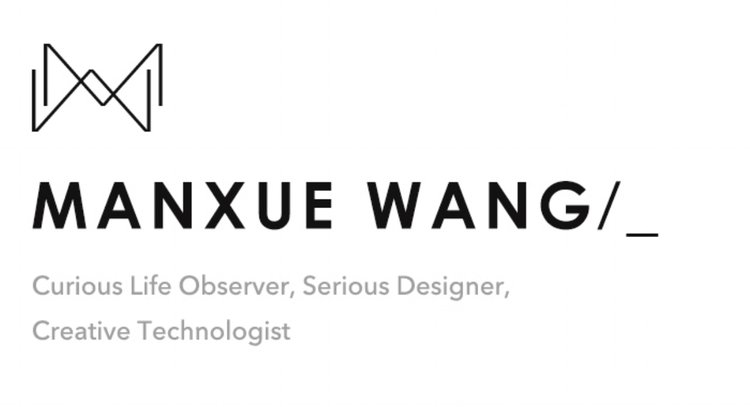Although the world “interaction” only got popular in recent year, it is actually a phenomenon has been existing since the beginning of human history. Where there is a communication, there is an interaction happens. Talking to people is an interaction, baby learn from their parents is an interaction, making a phone call is an interaction, playing a kinetic game is also an interaction. It’s a process of information flows, mentality movements and physical reactions. Just like what has been mentioned in The Art of Interactive Design, interaction is a “cyclic” process, which means, the two ends of an interaction should be the very important components. This indicates that the word “interaction” is a little bit different from the word “communication”. They may be looking at a same process of a human activity, but the focusing point is not the same. To me, interaction is more focusing on the feelings of sending message and to receive feedbacks in different ways.
So it is all about these two ends, sending and receiving. Most easy way to illustrate this, when you are having a conversation with someone, you listen to the other’s words, you think about it, and then you give your respond. Listening, thinking and speaking are indeed very important parts of interaction, they are like basic elements of the most normal interaction form-face to face interaction. In emphasizing these three aspects, Chris Crawford is trying to illustrate the importance for designer like us to understand the basic structure of an interaction. According to his theory, solo dancing is not an interaction between the dancer and the music, however dancing with someone else can be an interaction between these two dancers. I believe what he is trying to say would be, to make an interaction interaction, you should keep it “alive”, to make it a processing CYCLE, not a dead end between the two points of this communication. In other words, interaction includes reaction activities, but is different from reaction. It takes constant information circulation to make an interaction happen.
I used to believe reading book or appreciate an artwork is kind of interaction. But in Chris Crawford's word, it's reaction but not interaction. This is very inspiring to me. I have seen many, even have made some so-called “interaction designs” that focusing too much on its function or its visual expression. These designs might be delicate, however they have all neglect the core value of an interaction design, the constant information circulation between two ends. An interaction design without carrying this value with it can just be a statue.
I never doubt that interaction is a good perception method, because it is a (at least) two-way flow communication, which can provide much more information than a one-way flow communication can do. And the conception of “speaking, thinking and listening” is just an abstract conception, in fact there are many more ways for us to apply in an interaction design, especially in physical interaction design. Visibility, sense of smell, touching, every method human has to feel this world can be an important part of physical interaction, and that is the very charm interaction design has, it mixes, expands or even creates perception tool for people to feel this world in unprecedented ways. Good physical interaction should stimulate audience all sensory organ, it should be a kind of synaesthesia experience. It is our initiative feeling and receiving that keep this world so active, and it’s the interaction designer’s duty to lead these never dried-up curiosity and creativity to a new path toward undiscovered areas.
Still having a question, I agree with Chris that studied artwork is reaction but not interaction. However, if I really into this artwork and inspired by it so much. In the same way, the artist of this artwork also inspired by audience' thoughts and changed this artwork. Finally, The meaning of this artwork has totally changed through this process. Is that a kind of interaction?
